KORG’s Modwave synth isn’t even out yet, but CDM sonic wizard-at-large Francis Preve was one of the people making sounds for it. Time to go 20,000 leagues under the sea with this monster wavetable hardware.
Here’s Francis – who has an unimaginable amount of experience tackling these kind of instruments. And he’s ready to arm you with a way of approaching sound creation with this synth even before it’s there. Nice what he was doing with self-isolation:
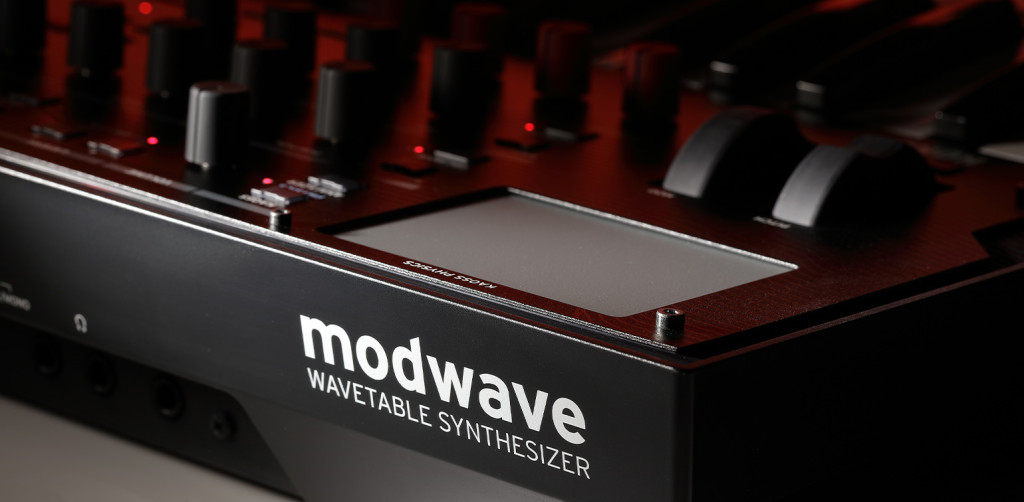
I spent the summer of 2020 deep inside the Modwave’s multiverse and I can report from the field that this synth is deeper than the Mariana Trench. While the front panel is ideal for immediate tweaks, it conceals a synthesis engine that can go toe-to-toe with many do-it-all softsynths. Zero exaggeration on that point.
To be clear, this brief summary of the inner workings can’t capture the synth in its full glory, but I’ll go further than the preview press coverage since I ate-slept-breathed the Modwave over several months of isolating. With that experience in place, I can say this: The Modwave should be on your shortlist if you’re shopping for a digital synth that’s under a grand. Three octaves may not be enough for some pros, but if you think of it as a “desktop module with keys” it’s quite an addition to a bedroom rig.
Architecture and layers
Every Modwave preset consists of two largely independent layers, which are complete synths in themselves. These can be key-mapped, velocity-split, or blended. What’s more, the two layers can be controlled by four front-panel macro knobs that can modify everything from truly deep modulation attributes to oscillator properties to effect balances.
I suspect that most users will want to stick with single layers or blended pairs, but the factory bank also includes a few key-split and velocity-layered examples. Experiencing these may require a larger controller, though. It really depends on how you plan to use it in your production.
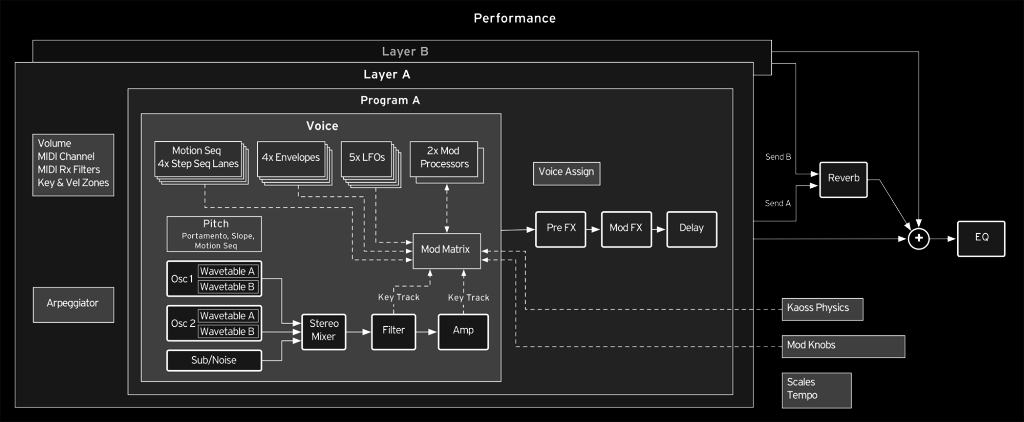
Oscillators
For tone generation, there are two oscillators—and a sub-osc/noise generator—per patch. Each main oscillator can be either wavetable or a sampled instrument from the massive onboard collection. Among these gigabytes, you’ll find everything from single hits to much of the content from the [1988 classic Korg] M1 and other iconic Korg workstations.
On the sample side, this means you can use the Modwave for authentic classic house and 90s rave sounds, since the M1 piano, organ, and choir are also in there (the original M1 choir is re-labeled Vox_WS:Choir). It could take years to exhaust this library.
Side note: It’s worth mentioning that Korg had me develop a few original “inharmonic noise” layers for the Modwave, similar to the content that I created for Serum (FP_Inharms) and Phase Plant. As a designer, these are essential for creating those trademark “airy” 80s textures of the Fairlight and Ensoniq VFX.
On the wavetable side, each Modwave oscillator can load two simultaneous wavetables that can be blended together using the AB Blend parameter, which expands the palette by an order of magnitude. Korg also adds an interesting twist to this, by allowing you to modify its wavetables upon loading, according to highly specific criteria like harmonic selection, saturation, and various types of EQ boosts and bit-reduction. It can be slightly confusing for newcomers, but it also means the Modwave’s wavetable collection is further multiplied by each of these modifier processes.
Because of those features, Korg isn’t exaggerating when they say “230 million wavetable variations out of the box”. In fact, if my math is correct, that’s one new wavetable variation per second, every day, for roughly 7.29 years. Just sayin’.
There’s also quite an array of Morph options, like several types of hard sync, phase distortion, and PWM-esque modifiers (Ableton’s wavetable effect modes are a good point-of-reference here)—along with AM/RingMod for sampled material. Best of all, almost everything except for the previously mentioned on-load modifier functions can be modulated by envelopes, LFOs, and/or the insanely complex sequencer.
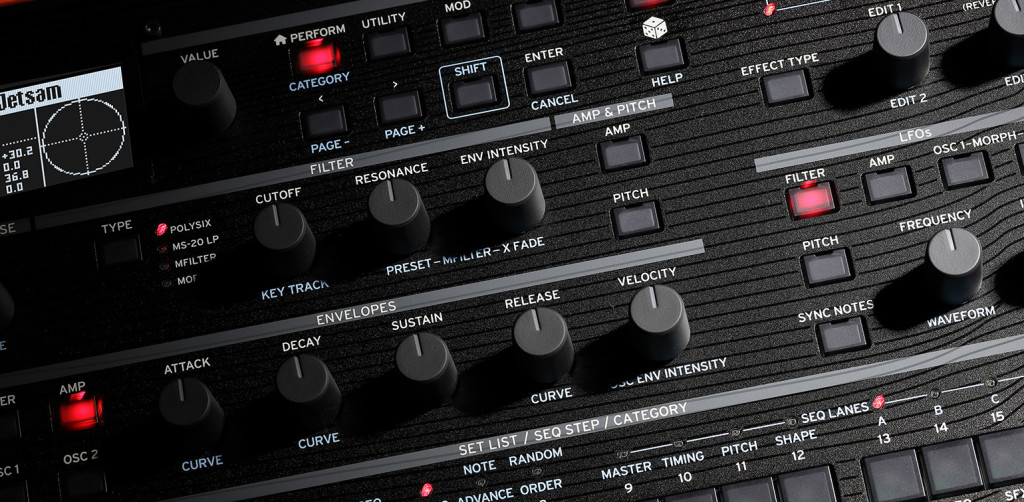
Filters
Each synth layer has its own filter, which offers everything from totally legit Polysix and MS-20 modes (with elaborate gain behavior tweaks) to standard LP/BP/HP fare to a highly customizable Multi Filter mode with independent filter types for two parallel paths that can be crossfaded. Considering that there are over 20 options for each filter in the Multi Filter, you’ll be hard-pressed to find something it can’t do.
Customizing the filter minutiae can be pretty overwhelming if you’re not prepared. I’ve always been a Polysix fan and own an MS-20, so I tended to stick with the tried-and-true, but it’s definitely a tone-shaping playground if you’re feeling experimental.
Modulation and physics
With four envelopes and five LFOs, you probably won’t run out of essential modulation tools while working with the Modwave, but modular fans should know that there’s also a pair of Mod Processors that can smooth, sum, scale, quantize, and gate almost any modulation source. These include details like threshold parameters and fixed value settings, so they’ll only kick in under certain conditions. It’s definitely something for the patch-cable set to explore, if they want to dive deeper into the menu structures or fire up the editor/librarian.
On the Kaoss performance controller, the assortment of physics tools are utterly incredible from a real-time standpoint, as they can go parsecs beyond familiar Kaoss behavior with customizations like gravity, friction, and X-Y tilting. Fortunately, there are some lovely presets available for applying orbital functions or creating a “mountain top” or “pit” in the center of the axes. These are fun, experimental, and potentially a motherlode of genre-defining signature sounds.
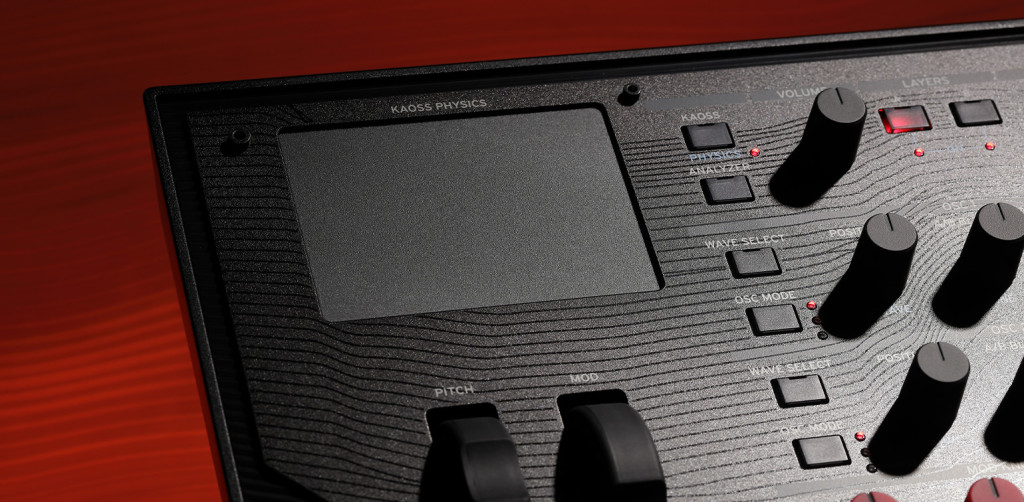
Sequencer
The Motion Sequencer is another wormhole within the Modwave. At first glance, it’s a tiny bit like Massive 1’s trademark “Performer” modulator, but with four simultaneous modulation tracks, a pitch track, and the ability to set independent loops, probabilities, randomization, transitions, and other unusual step-behaviors for each track.
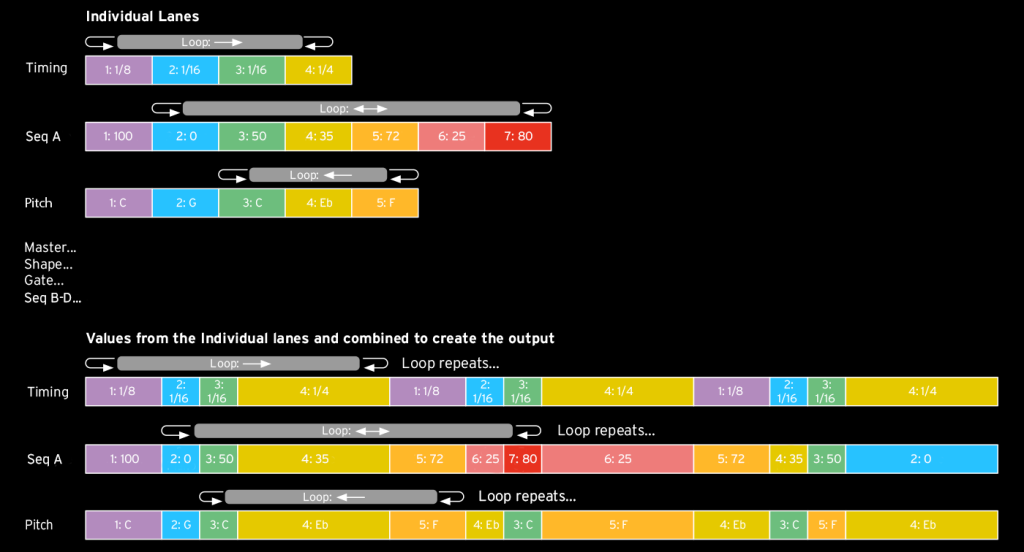
Deeper still, there’s a timing lane that lets you set the note-value for each step, which allows for truly insane polyrhythms. With a little effort, you can also use these sequences as complex sweeps for flowing, cinematic effects.
While you can certainly stick with classic step-sequencing tactics, it’s also possible to create Eurorack modular-style results with these lanes. When used in conjunction with the Mod Processor algorithms, step curves, and randomization tools, you can even approximate a West Coast, Buchla Source of Uncertainty modulation source with a bit of effort.
Effects
Each synth layer has a set of three insert effects, hard-wired in series with a compressor/EQ/drive module followed by modulation effects and then a delay.
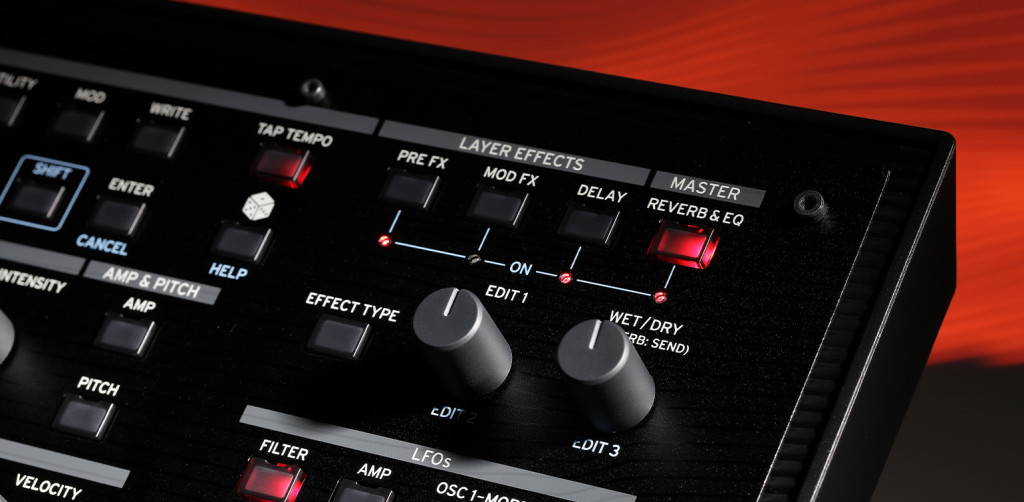
The included preset modes for each insert are insanely comprehensive. At the time I was programming, there were 19 different phaser modes and 58 (!) chorus/flange/ensemble presets. Also included in this processor are additional talkbox and wah-wah options, as well. And we haven’t even touched the 77 (at last count) stereo delay presets in the third insert.
At the end of the chain—and shared by both layers—is a lovely reverb and four-band EQ. There are 27 reverb types that cover everything from early reflections to massive halls and they’re all quite professional sounding. The EQ also lets you switch the high and low bands to filter or parametric modes for more detailed work.
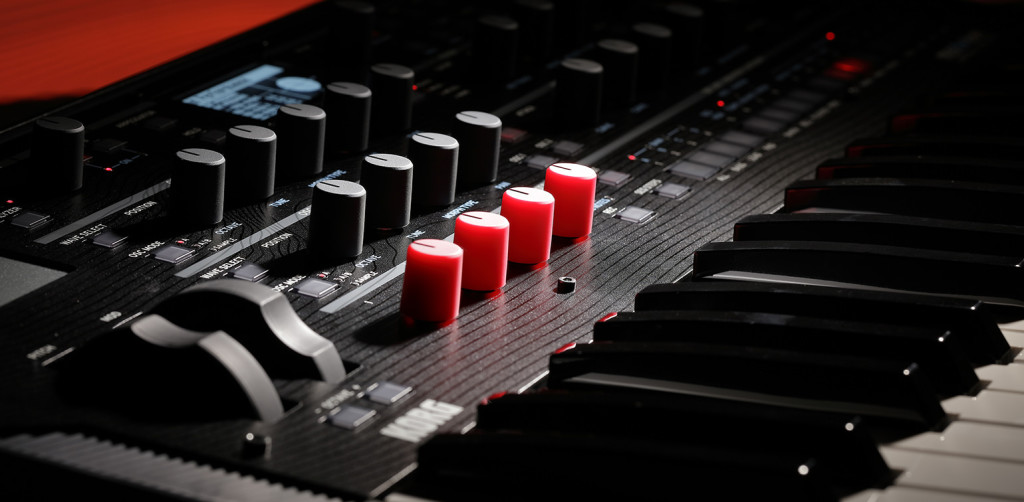
Closing Thoughts
The Modwave is arguably one of the most ambitious digital hardware synths I’ve ever designed for—and I’ve encountered quite a few of those in my career. While the front panel is more than capable for in-the-moment tweaks, the editor/librarian will be where the action is and it’s a godsend if you want to make the most of this synth. The sound is quite “shiny” which sets it up nicely for the dance community, but with some forethought, you can also get some rather warm vintage sounds from it too.
I had a blast programming this synth, but I suspect that many users will simply skate across the surface of what’s possible because with this much depth, there’s a non-trivial amount of “option panic” in more nuanced design processes. My recommendation for getting started is to do most of your initial design via the front panel and then move to the editor when you start hitting the wall, because once you’re in the editor, the walls disappear.
https://www.korg.com/us/products/synthesizers/modwave/